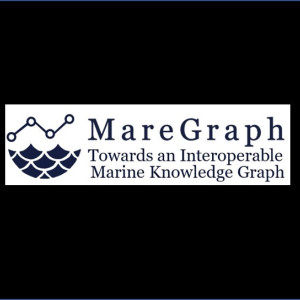 \
&
Contact us
\
&
Contact us
 \
&
Contact us
\
&
Contact us
Published on | 4 months ago
Programmes EIC EIE Horizon EuropeThe analysis categorises Member States in four innovation groups based on their scores:
An interactive tool allows for customised comparisons of performance scores and to visualise country profiles, compare relative strengths, weaknesses and trends, and test correlations between indicators.
Find all the information about the European Innovation Scoreboard in general and the 2025 edition here.
We offer news and event updates, covering all domains and topics of Horizon Europe, Digital Europe & EDF (and occasionally, for ongoing projects, Horizon 2020).
Stay informed about what matters to you.
By signing up, you can opt in for e-mail notifications and get access to
a personalised dashboard that groups all news updates and event announcements in your domain(s).
Only for stakeholders located in Flanders

The MareGraph project, ‘Towards an Interoperable Marine Knowledge Graph’, obtained funding under the Digital Europe topic ‘OPEN-AI – Public Sector Open Data for AI and Open Data Platform’. The project will increase the semantic, technical, and legal interoperability of three selected high-valued datasets (HVDs) all maintained by the Flanders Marine Institute (VLIZ), which is one of the four partners of the project. This will allow the onboarding of essential marine datasets in the Common European Data Spaces. As such MareGraph will provide a structural component in the digital transition of the marine landscape. The numerous impacts of the project will benefit our seas globally in old and new ways to come.